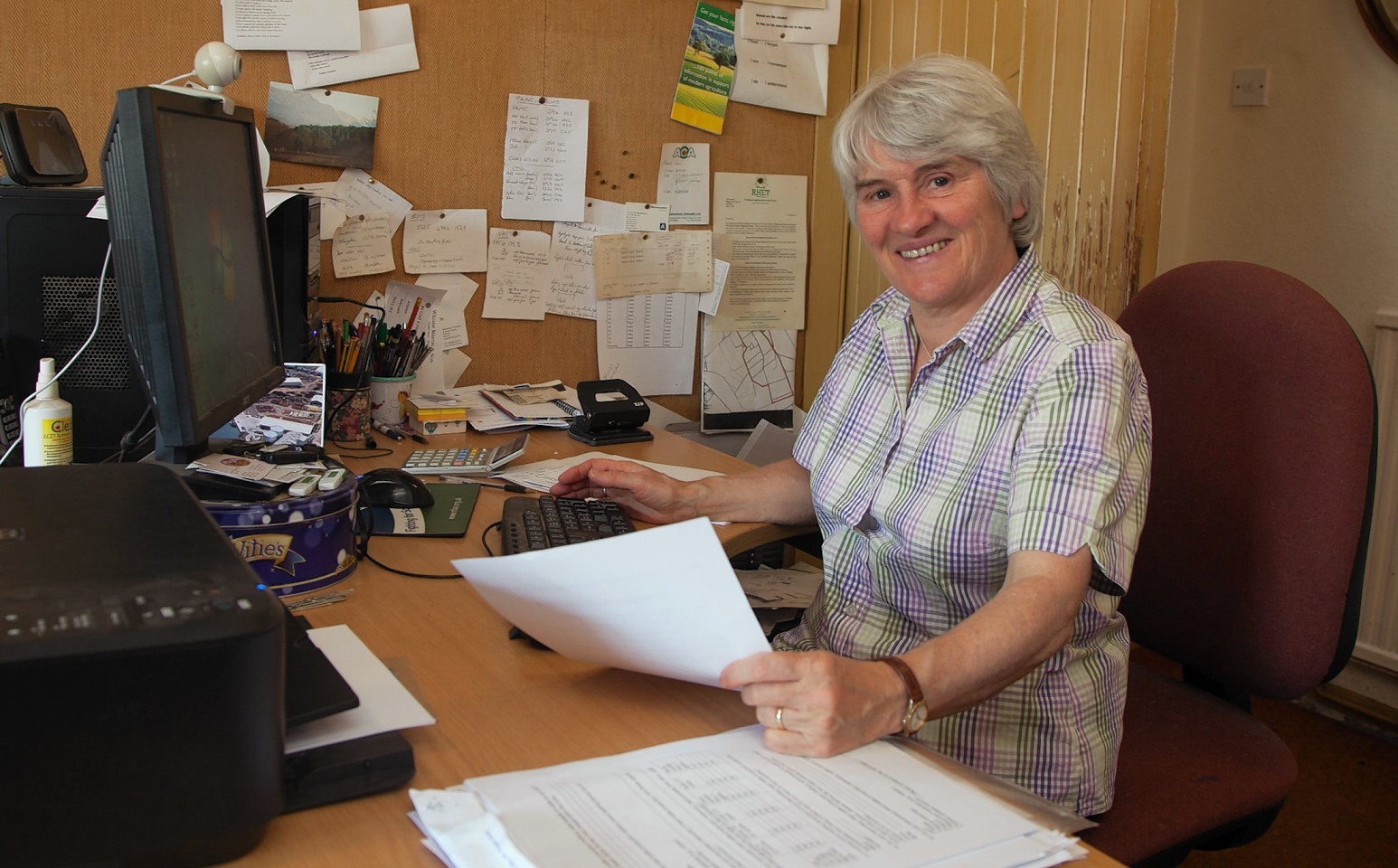Many farmers’ wives are responsible for keeping the books in order on farm businesses across the country.
However, not many have considered turning their book-keeping skills into a career.
According to Gill Lawrie, who has been doing the job on and off for more than 40 years, the industry is crying out for more secretaries.
Nowadays she focuses on helping her husband William and family run their mixed farming enterprise, which comprises around 1,000 acres over three units between Arbroath, Montrose and Forfar.
The family keeps a 120-head beef suckler herd as well as growing winter wheat, winter and spring barley and oilseed rape.
However, through her involvement with the Institute of Agricultural Secretaries and Administrators (IAgSA), which formed in 1967 and is the only professional body to represent those involved in every aspect of rural business administration, Mrs Lawrie is keen to encourage more people into farm book-keeping roles.
So what type of person is suited to becoming a farm secretary?
“The type of person it suits is somebody who does not mind working on their own, someone who is dynamic, keen and feels that they can contribute something to one of the most important industries in the country,” said Mrs Lawrie.
“You have to be organised and it requires somebody with a level of office experience and a level of book-keeping experience. It is not age-specific and it can be done part-time provided you are prepared to have phone calls day or night.”
She said training was a challenge but IAgSA had developed its own training programme – Farm Accounting and Business Administration – to help support new entrants into the industry. More information is available at
http://www.iagsa.co.uk/ruralbusinessadministration
.
In addition, there is a distance learning course run by Bridgwater College in Somerset – Mrs Lawrie’s daughter, Margaret-Anne, is currently doing the course.
According to Mrs Lawrie, by joining IAgSA, existing and budding farm secretaries can get the benefit from networking with a host of colleagues across the country by attending the national annual conference, regional training days and through social media.
In addition IAgSA has a subscription service for those who are not planning to become a freelance or employed farm administrator but who may need information to enable them to carry out the administration and bookkeeping work within their own family farming business.
As a subscriber member you would receive IAgSA’s monthly bulletin and there is a free promotional offer for this service up until July 31.
For further information on membership, training or the subscriber offer please contact the IAgSA office at IAgSA@IAgSA.co.uk or 01926 485543.
